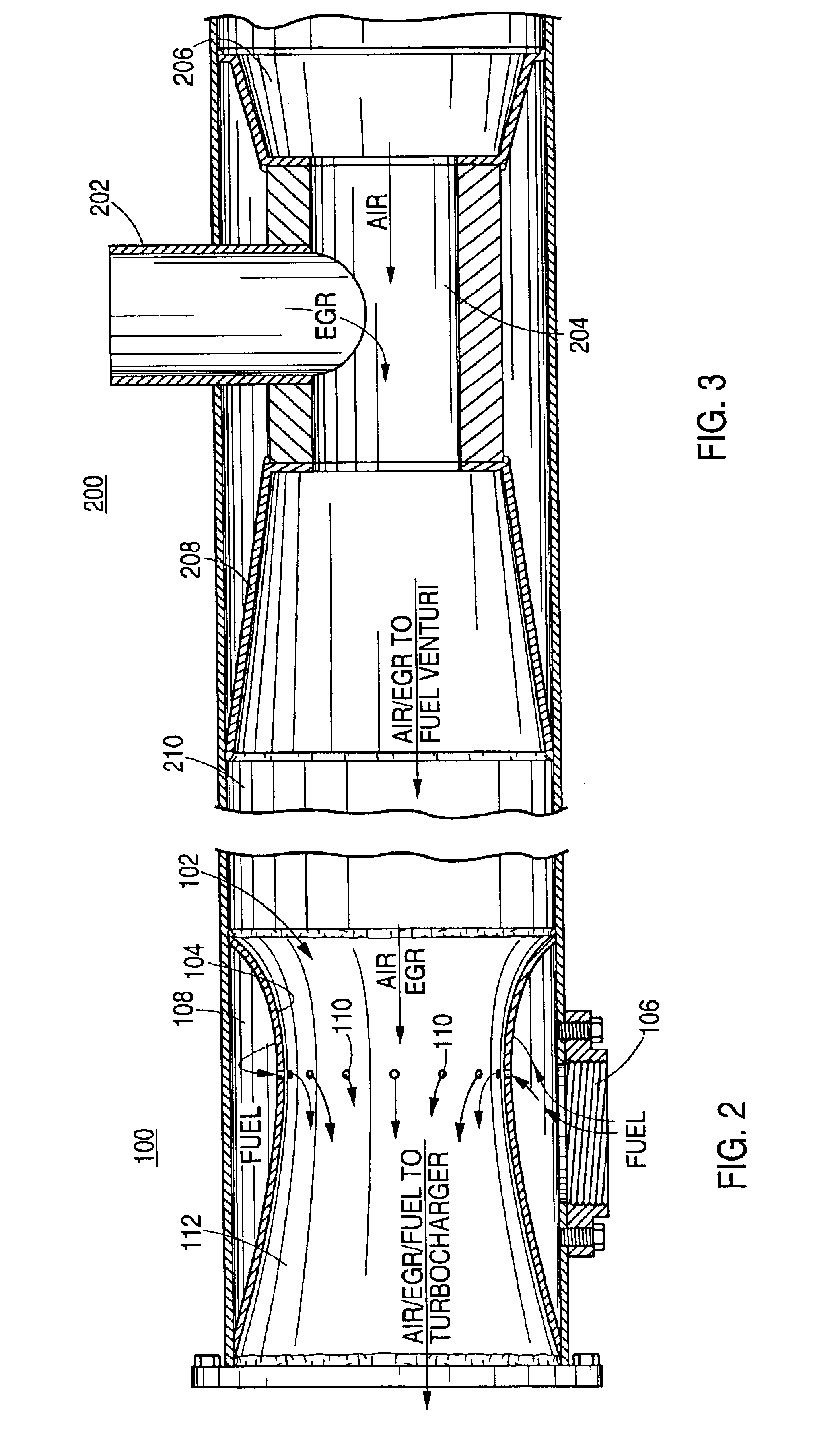There are a number of reasons for this, but chief among them is failure of traditional energy producers to replace spent units and capitalize new plants.
In addition, new challenges face electric generation security.
These alternatives are fraught with their own problems.
Thus, while
energy demand has increased, generating capabilities have not.
In addition to the mismatch between demand and
generating capacity, the physical transmission infrastructure necessary to deliver power from geographically remote generating facilities to the
consumer's location is unable to support the increased load.
Even under today's operating conditions, the transmission grid is subject to stress and occasional failure.
Further, security and reliability of source has become of increasing concern.
Again, inefficiency, reliability, and environmental concerns are major barriers.
In the case of most power generation, the
waste heat is not used, and the economics are based largely on the cost of the
electricity produced (i.e. heat rate is paramount), with little consideration for improved reliability or independence from the electric grid.
In either case, distributed
electricity generation systems must meet stringent local air quality standards, which are typically much tougher than EPA (nation wide) standards.
The impediment to widespread use is reliability, convenience, and trouble free operation.
Unfortunately, to date, the most widespread and cost-effective technologies for producing electricity require burning
hydrocarbon-based fuel.
Unfortunately, the emissions associated with burning
hydrocarbon fuels are generally considered damaging to the environment, and the
Environmental Protection Agency has consistently tightened emissions standards for new power plants.
Green house gases, as well as entrained and other
combustion product pollutants, are environmental challenges faced by
hydrocarbon-based units.
Another problem area is the emissions produced by these natural gas engines.
Still another problem with using natural gas is the slow
flame speed, which requires that the fuel be ignited substantially before
top dead center (BTDC).
Although, the prior art systems have had the desired effect of reducing
nitrogen oxides in the exhaust by reducing the maximum combustion temperature as a consequence of diluting the fuel-air mixture with recycled exhaust gases during certain operating conditions of the engine, these systems have not been commercially acceptable from the standpoints of both cost and operating efficiency and have been complicated by the accumulation of gummy deposits, which tend to clog the restricted bypass conduit.
Recycling the exhaust systems have also been complicated by the desirability of reducing the recycling during conditions of engine idling when
nitrogen oxide emission is a minor problem and progressively increasing
wide open throttle when maximum power is required, while progressively increasing the recycling exhaust gases with increasing engine load.
The thermal
nitrogen oxide emission is a direct function of combustion temperature and for that reason is less critical during engine idling when the rate of fuel combustion and the consequent combustion temperature are minimal but tends to be problematic during
throttle-up and extended full speed operation.
Thus, prior art cogeneration systems employing internal combustion engines, and specifically, natural gas fueled engines have suffered from the myriad of problems including elevated head temperatures and inability to deliver large quantities of process and / or utility heat to the cogeneration
client.
Excessive head temperatures lead to inefficient operation and unacceptable environmental conditions, which include excessive use of fuel, as well as significant
NOx production.
Some of the inherent problems with natural gas fueled engines, which utilize EGR techniques to reduce
pollution, are a result of carburetion problems, which prevent them from running “lean.” Specifically, the natural gas regulators have been unable to supply natural gas to the engine throughout the
load cycle while maintaining a fuel to air ratio, which does not starve the engine or alternatively run it to rich.
These systems have inherent drawbacks.
For a second, when recycled exhaust gas is used the recycle gas tends to erode the diaphragm.
Finally, these systems are prone to
diaphragm rupture from engine backfire through the intake system.
The combination of a large diaphragm section, mixing section, and
throttle section in the carburetion unit make for a large and bulky apparatus, which must be mounted directly on the engine intake.
One drawback is that a separate gas shut-off valve must be installed upstream of the venturi for engine shutdown.
Another is flooding from pressurized fuel sources.
Prior art EGR carburetion systems have been plagued with a myriad of problems.
First, the exhaust gas is usually recycled at elevated temperatures, which increases the head temperature of the engine, unless the gas is cooled.
Second, carburetion systems for natural gas internal combustion engines that utilize recycled gas must mix recycled exhaust gas in proportion to
ambient air in proportion to fuel to affect stoicheiometric conditions in the engine, while maintaining low thermal
NOx and overall energy efficiency.
In cogeneration units, where electric load automatically throttles the engine, these ratios of air-to-exhaust and gas-to-fuel can easily become out of proportion because of rapid acceleration / deceleration of the engine.
Thus, carburetion systems for internal combustion natural gas fired exhaust gas recycled engines have, heretofore, been complicated and involved electronic, dynamic feed back, control systems for regulating the fuel, as well as the recycled gas in response to changing engine demands.
Since the intake mixture varies with load, too much fuel or too much recycled gas will “
choke” the engine.
All of these conditions cause the engine to be unstable, inefficient, and out of emission compliance.
 Login to View More
Login to View More  Login to View More
Login to View More 


